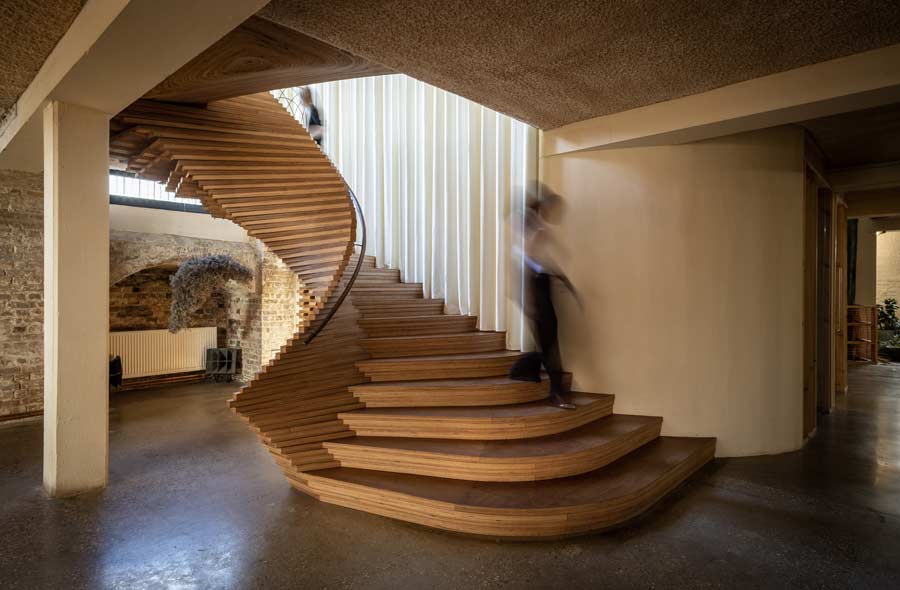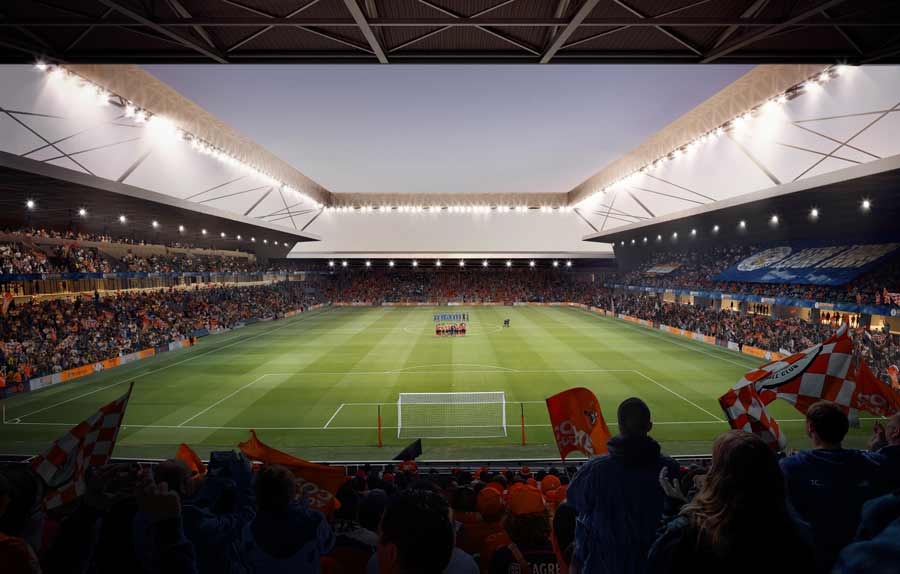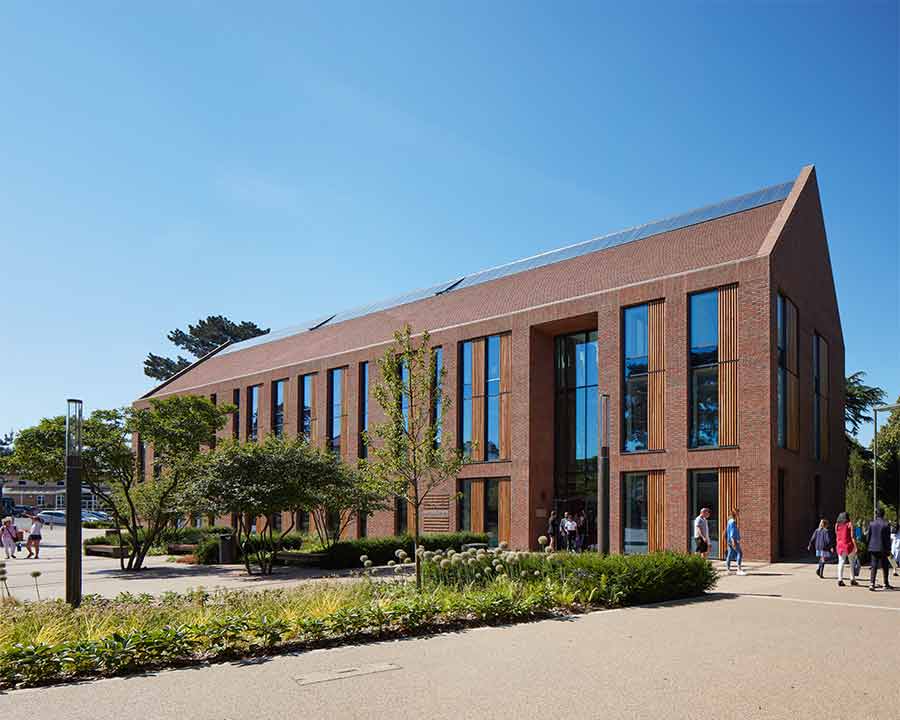
Situated on the South Bank between Tower Bridge and London Bridge, Hilton London Tower Bridge, with its thirteen- and eight-storey wings clad in a combination of red clay tiles and metal panels to create a clean, contemporary aesthetic, was a major landmark within the new ‘More London’ masterplan.
A high-rise, high-end hotel constructed in concrete and clad with red clay and metal panels
The mixed-use, multi-phased development was designed to revitalise this disparate area close to the City of London by introducing commercial and residential uses alongside the hotel, sited around high-quality hard landscaping and public areas, with a range of cafés and restaurants. The hotel, plot five of a total of ten within the masterplan, faces the site’s central road, More London Place, to the north, whilst providing pedestrian access to the Tooley Street conservation area to the south.

Of the two sections in the 255-room hotel, the thirteen-storey wing required a two-storey basement to house a variety of amenities, while the eight-storey block had no basement. We considered waterproofing details particularly carefully, since different usages required different levels of treatment. Due to the prevalence of made ground, found in a variety of thicknesses on this brownfield site, we specified piled foundations to reduce impact on surrounding ground and mitigate differential settlement between buildings.
Above ground, concrete was an obvious choice in terms of acoustic performance, thermal mass and fireproofing. Having considered a number of structural options, we divided the design between the long-span public spaces on the lower floors, where we specified a rigid concrete sway frame, and the more regular grid structures required for bedrooms on the upper floors.
Transfer structures were required in several locations, including an 18 m column-free banqueting area on the first floor, where we specified a 2.2 m-deep fabricated steel plate girder. Above the third floor we used an ‘egg crate’ system based on a 4.2 m module and using twinwall precast walls, stiffening several of the cores. For speed of construction, concrete bathroom pods were used, pre-finished and installed whole.
 25
25 'On Weaving'
'On Weaving' The JJ Mack
The JJ Mack The Farmiloe.
The Farmiloe. Pure
Pure  Tabernacle
Tabernacle  2–4 Whitworth
2–4 Whitworth White City
White City  Aloft
Aloft  NXQ
NXQ TTP
TTP Two
Two 'Radiant Lines'
'Radiant Lines' A Brick
A Brick One
One The Stephen A. Schwarzman
The Stephen A. Schwarzman Albert Bridge House.
Albert Bridge House. Edgar's
Edgar's Luton Power Court
Luton Power Court St Pancras
St Pancras Wind Sculpture
Wind Sculpture Sentosa
Sentosa The
The Liverpool
Liverpool Georges Malaika
Georges Malaika Reigate
Reigate Cherry
Cherry Khudi
Khudi Haus
Haus 10 Lewis
10 Lewis